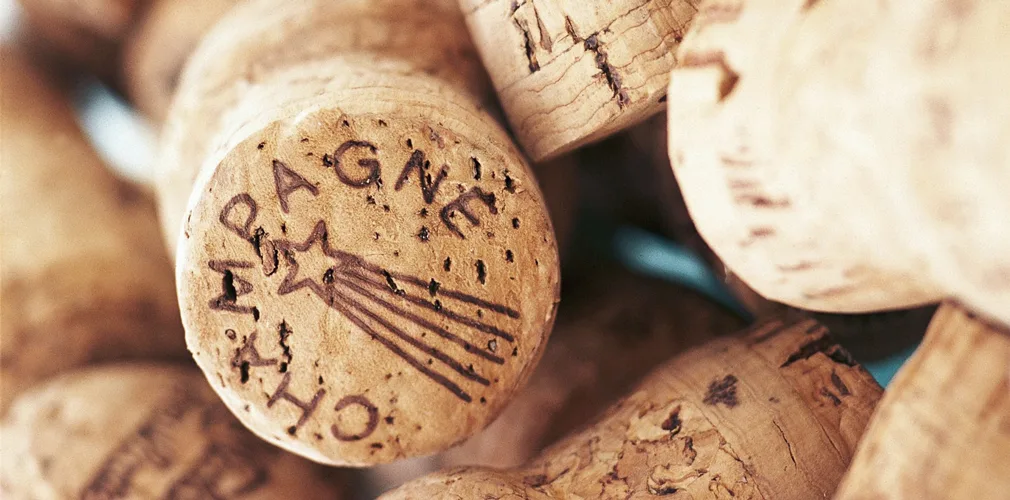If you’ve ever popped a halfway decent bottle of Champagne or sparkling wine (bubbly, bubs, champers, champlizze, spizarklizing wizine etc.) you may have noticed a shooting star printed on the bottom of the cork.
Upon popping more bottles, you may have come across that very same star again and again. Ever the critical thinker, you probably noticed that a large number of bubbly corks from different brands, countries and even continents all display that very same star. So many different kinds of sparkling wine, but always the same old shooting star.

That’s the one.
It’s highly likely that at this point you simply said “f*%k it” and poured yourself some sparkling wine, and not a soul can hold that against you.
But, if your thirst for the good stuff matches your thirst for knowledge you may have wondered why this star is omnipresent when it comes to those corks. This one’s for you, thirsty learners…
Now, as human beings, we tend to believe that putting stars on things automatically makes them look sweet. That is, until we are forced to confront former French soccer star Philippe Mexes’ neck tattoo, which disproves that theory with one resounding cringe.

Stars don’t always look cool, kids.
The next common misconception about Champagne’s iconic shooting star has to do with a familiar figure in sparkling wine lore, old Dom Perignon. Perignon is the guy who is said to have invented Champagne. Legend has it that as the semi-alcoholic monk tasted the first sip of his sparkling invention he exclaimed “Come quickly, for I have just tasted the stars!”
Though wonderful and poetic, this too is false. Dom Perignon didn’t even invent the stuff. The real reason behind that shooting star? A damn good grape harvest back in 1811.
In 1811, a large comet passed through the sky during harvest. The bubbly turned out in 1811 was so tasty that makers of sparkling wine decided to memorialize it forever. That star is technically a comet, cometed long long ago, way before Philippe Mexes had to go and ruin the fun for everyone.
So the next time you sip on some delicious sparkling wine, imagine yourself in 1811, when there was no plumbing and tons of disease but very very very good Champagne.








